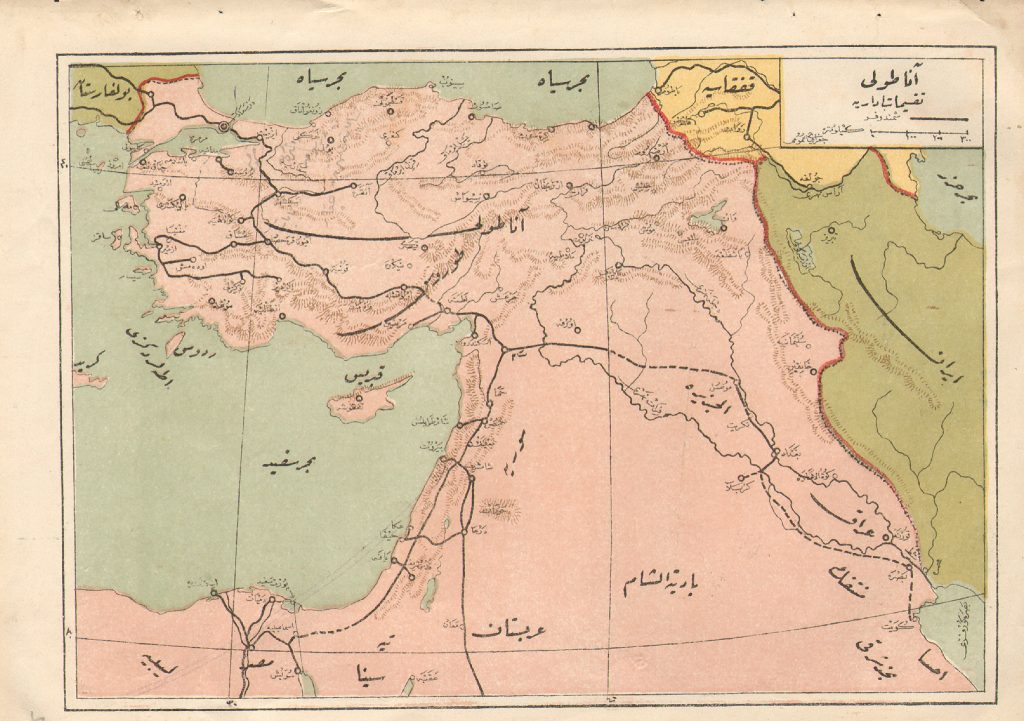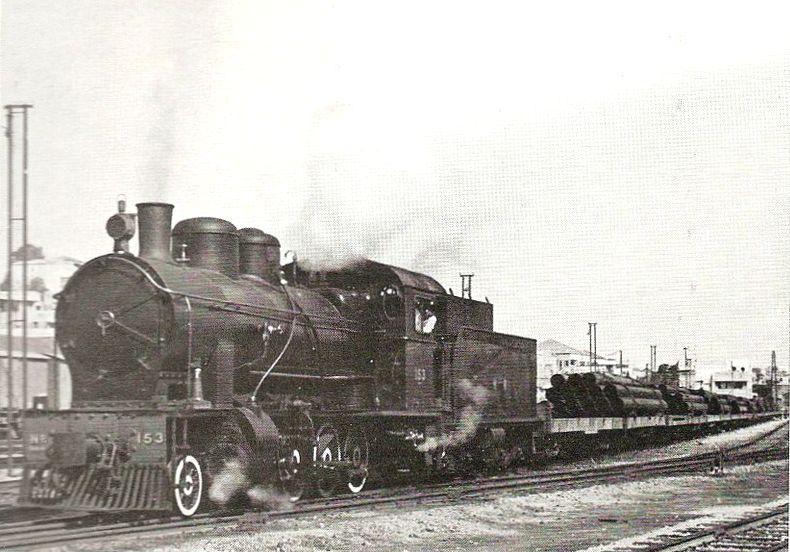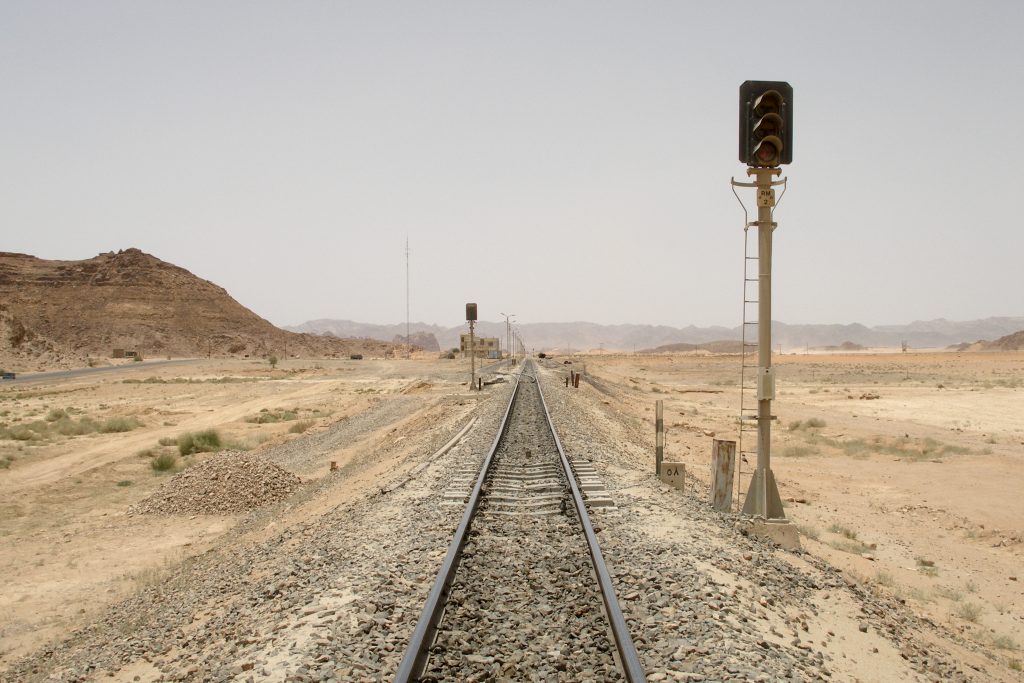The Hejaz railway was a railway projects realised by the Ottoman Empire in the early 20th century. It ran from Damascus to Medina and spanned over 1300 km. It was opened in 1908 as a comfortable and fast way to perform the Hajj pilgrimage in order to gain support for the Ottoman Empire among the Arab world but also to ensure military access to all regions.
The construction was strongly supported by the German Empire and financed by the German Bank as subproject of the Berlin-Baghdad-Railway. The Chief Engineer Heinrich August Meißner was German.
The railway suffered continuous sabotage attempts, first from Arab emirs who saw their sovereignty threatened and second from coordinated allied military operations during the First World War, led by Lawrence of Arabia and known as the Arab Revolt. After the fall of the Ottoman Empire in 1920 the railway fell into disrepair and mostly shut down. Two sections, between Amman and Damascus and between Ma’an and Aqaba are in operation under the Jordanian railway company at present
As a supportive element for my Master thesis i used the track of the old Hejaz Railway. Its course is mentioned by many sources describing caravan routes and many traffic systems of the region relate to it in a way or another. But i could only find old maps, quite rough and inaccurate.
On Google maps though, the old tracks were still visible. So i started to map the railway: first the tracks, then the stations, bridges, tunnels, simply all structures related to the Railway. The result you can see here: the first and only georeferenced digital reconstruction of the Hejaz Railway in a 10m accuracy.


